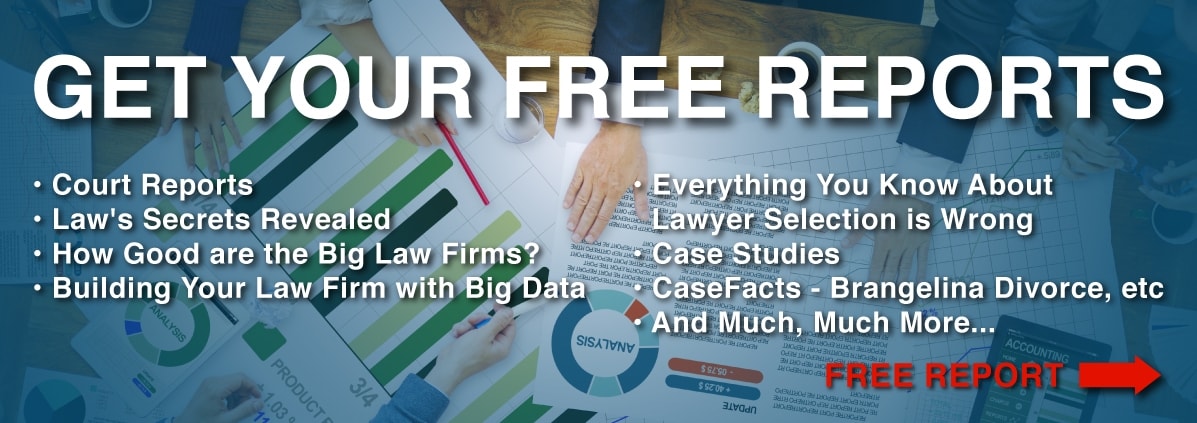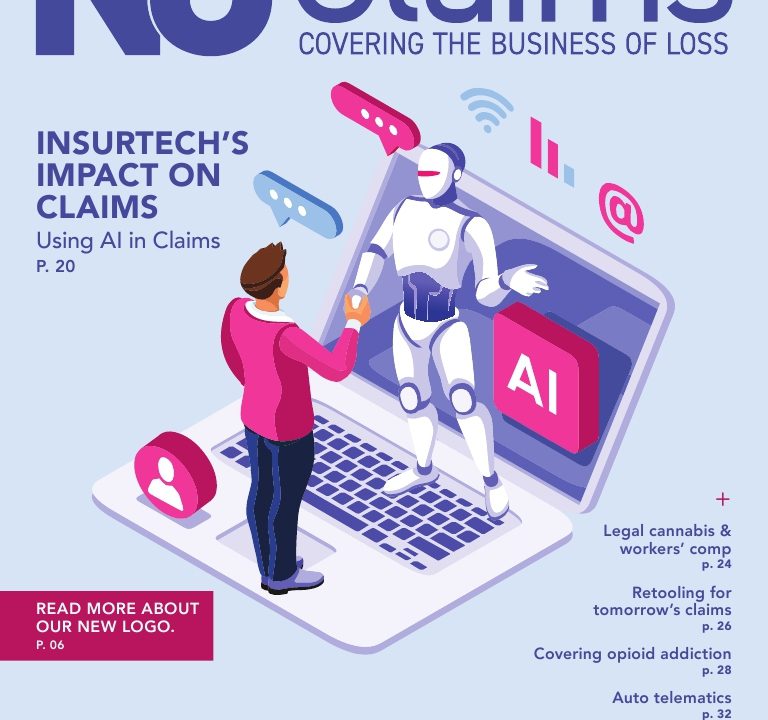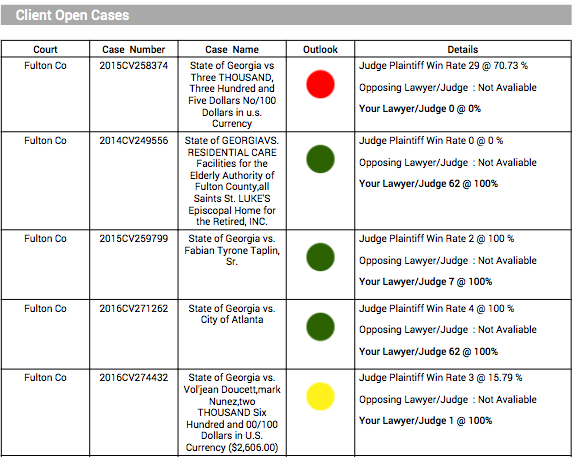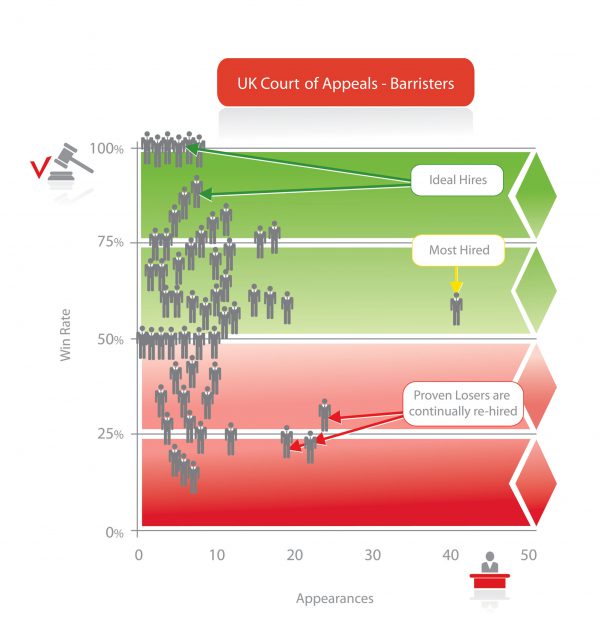If Justice Can Be Blind, How Do We Know Judges Are Not?
If Justice Can Be Blind, How Do We Know Judges Are Not?

If Justice can be blind, do we know that Judges are not?
Why do certain lawyers excel before certain judges, and how can legal analytics help some clients to take advantage?
In theory, a judge stands independent of the biases that malign most people’s decision-making. They are expected to weigh only the merits of the cases before them, and to impartially apply the laws of the land. But in reality, judges are human beings with the usual assortment of likes, dislikes, leanings, inclinations and personal relationships that can come into conflict with the demands of their robes. As The Guardian noted in a 2015 story on judicial bias,
“Judges in local, state and federal courts across the [United States] routinely hide their connections to litigants and their lawyers. These links can be social, […] political, financial or ideological. […] While it’s unavoidable that such relationships will occur, when they do create a perception of bias, a judge is duty-bound to at the very least disclose that information, and if it creates an actual bias, allow a different judge to take over.
All too often, however, the conflicted jurist says nothing and proceeds to rule in favor of the connected party, while the loser goes off without realizing an undisclosed bias doomed her case.”
Whether a judge is simply blind to their own bias or actively corrupt, partiality from the bench can have a disastrous effect on a party’s chances of receiving a fair day in court. Much like police officers making “random” traffic stops, judges are shielded by the difficulty of decisively proving bias, and a system for disciplining violations which seems expressly designed to shield itself from prosecution: per a Contently Foundation for Investigative Reporting study, out of 5,228 complaints filed against US judges between 2010 and 2014, only three judges were disciplined, and none were so much as suspended.
One place where a judge’s biases can’t hide, however, is in the realm of numbers.
In the growing field of legal analytics, providers use artificial intelligence to assemble massive databases of court records; the largest of these, held by Miami-based firm Premonition, adds over 40,000 new US cases every day. These databases can be analyzed to track the performance of individual attorneys over time, giving analytics clients a possible advantage when it comes to selecting representation. But what the data also shows is that the relationships between lawyers and judges are inseparable from this analysis.
“Our research shows that a lawyer’s track record before the judge assigned to their case is one of the strongest predictors of that case’s outcome,” says Toby Unwin, CIO and Co-Founder of Premonition. Legal analytics often reveals strange outliers. “When you notice a lawyer with an otherwise middling record has won, to cite an extreme example, 32 consecutive cases before one judge, certain bells start ringing.” While in most cases the numbers do not reveal why a bias may exist, some analytics clients are attempting to leverage what they do know by waiting until a judge has been assigned to select their attorneys.
The strategy makes sense when you consider the relative ease of changing lawyers to remedy an unfavorable situation versus the risks of demanding a judge recuse themselves due to a perceived bias. “Most judges do just take it in stride and move on,” says Judge David Peeples, presiding judge for the Fourth Administrative Judicial Region in Texas. “I will say, though, that a lawyer who has tried to recuse a judge and failed will be on pins and needles during the rest of that case. It’s a gutsy thing to do.” Peeples compares introducing an allegation of bias to “asking someone not to think of a purple elephant”—it carries the possibility of creating a bias in that judge that may not have existed prior to the motion.
While the possibility of judicial reform to address bias in the United States remains up in the air, it is worth noting that America has a model justice system compared to many of those in the developing world. India, for example, is legendarily plagued by corruption and a shortage of judges: in New Delhi alone, the courts lag an estimated 466 years behind schedule, with lawyers regularly openly bribing judges and officials. If legal analytics indeed offer a means of helping clients find clearer paths to navigate these back channels it may go some way to addressing a problem policy seems powerless to tackle. At present though, access to this information remains limited to those who can afford it, both in America and overseas, ensuring that inequalities in the system will continue.
For more information about Premonition and legal analytics, please visit our website : www.premonition.ai





